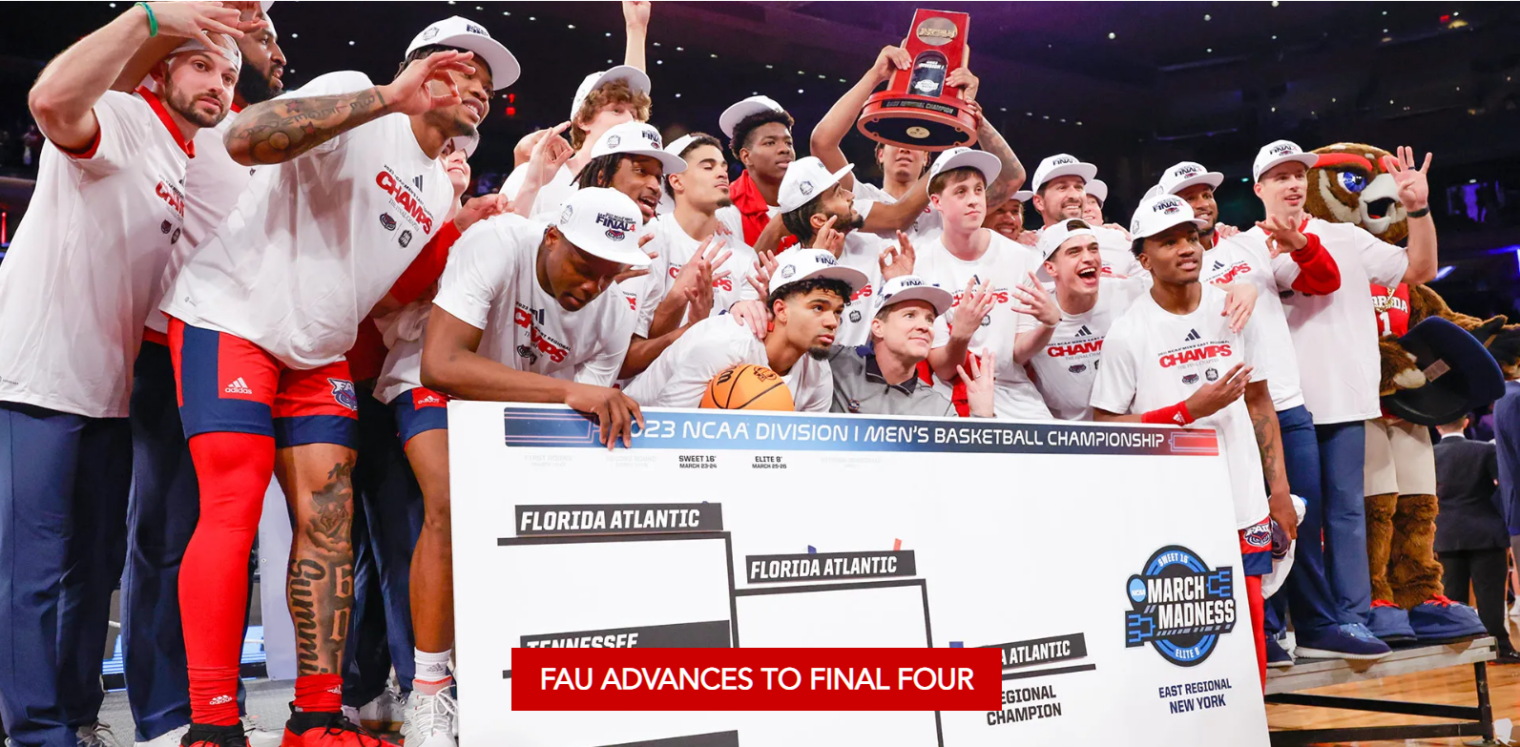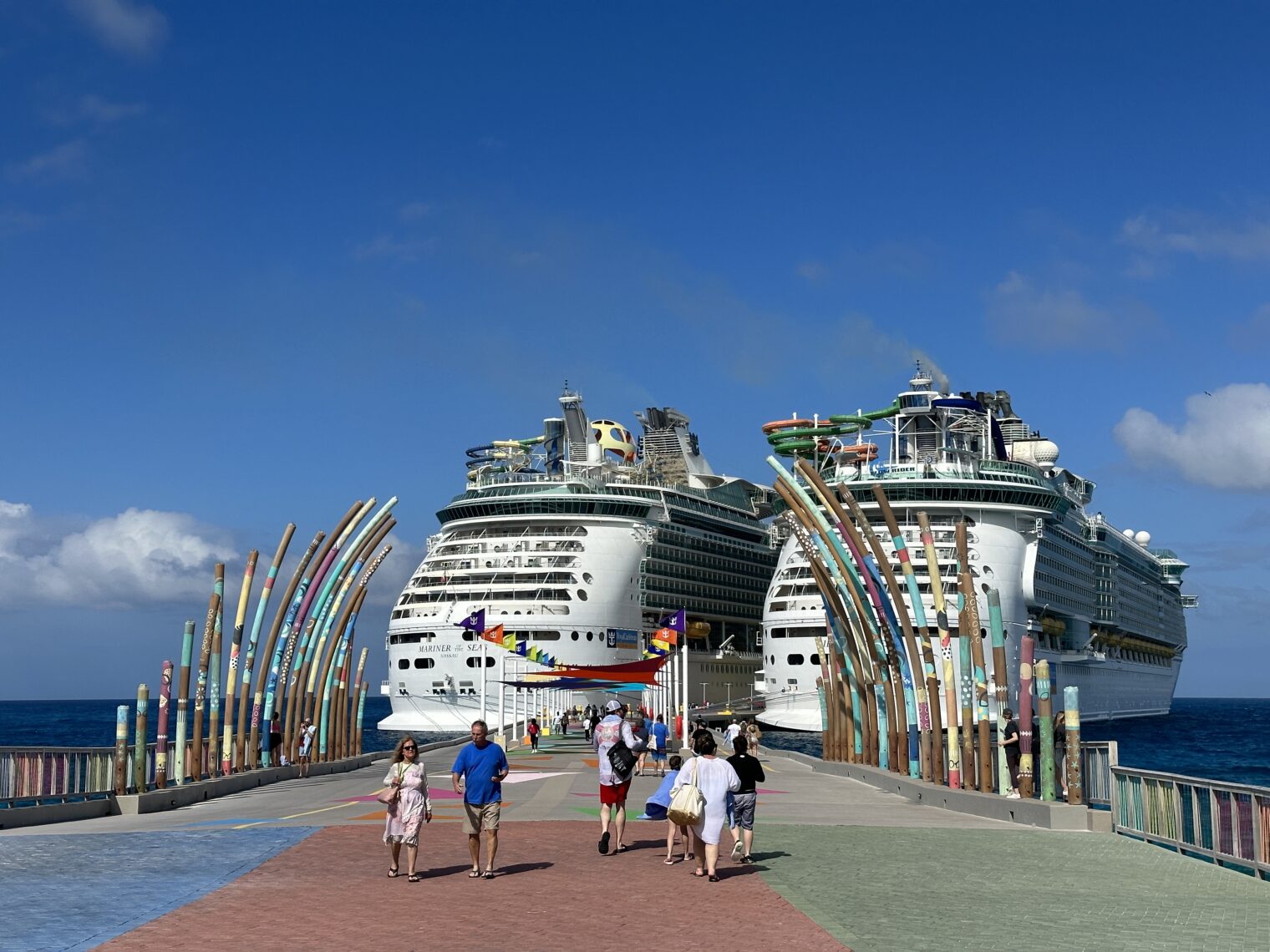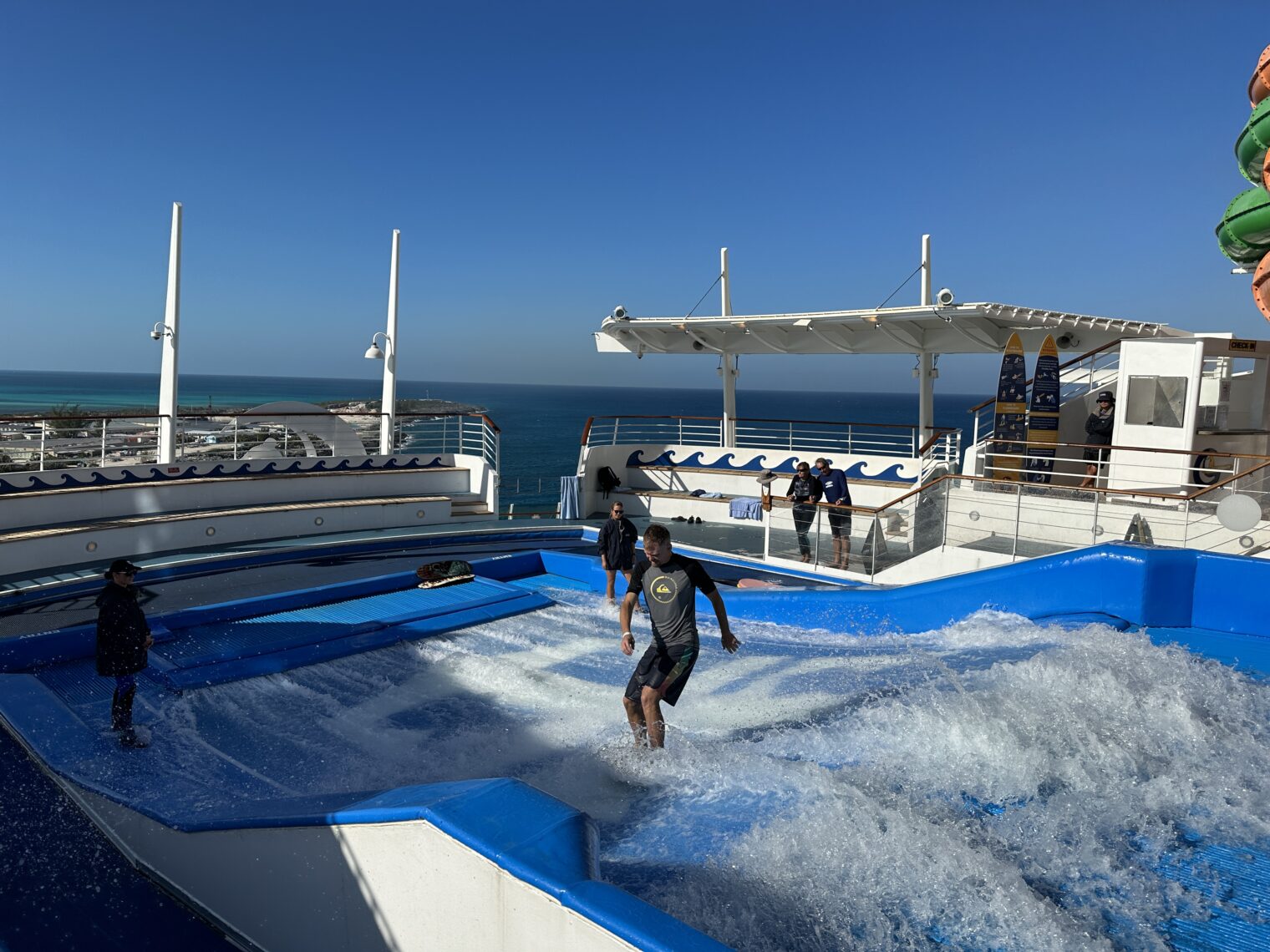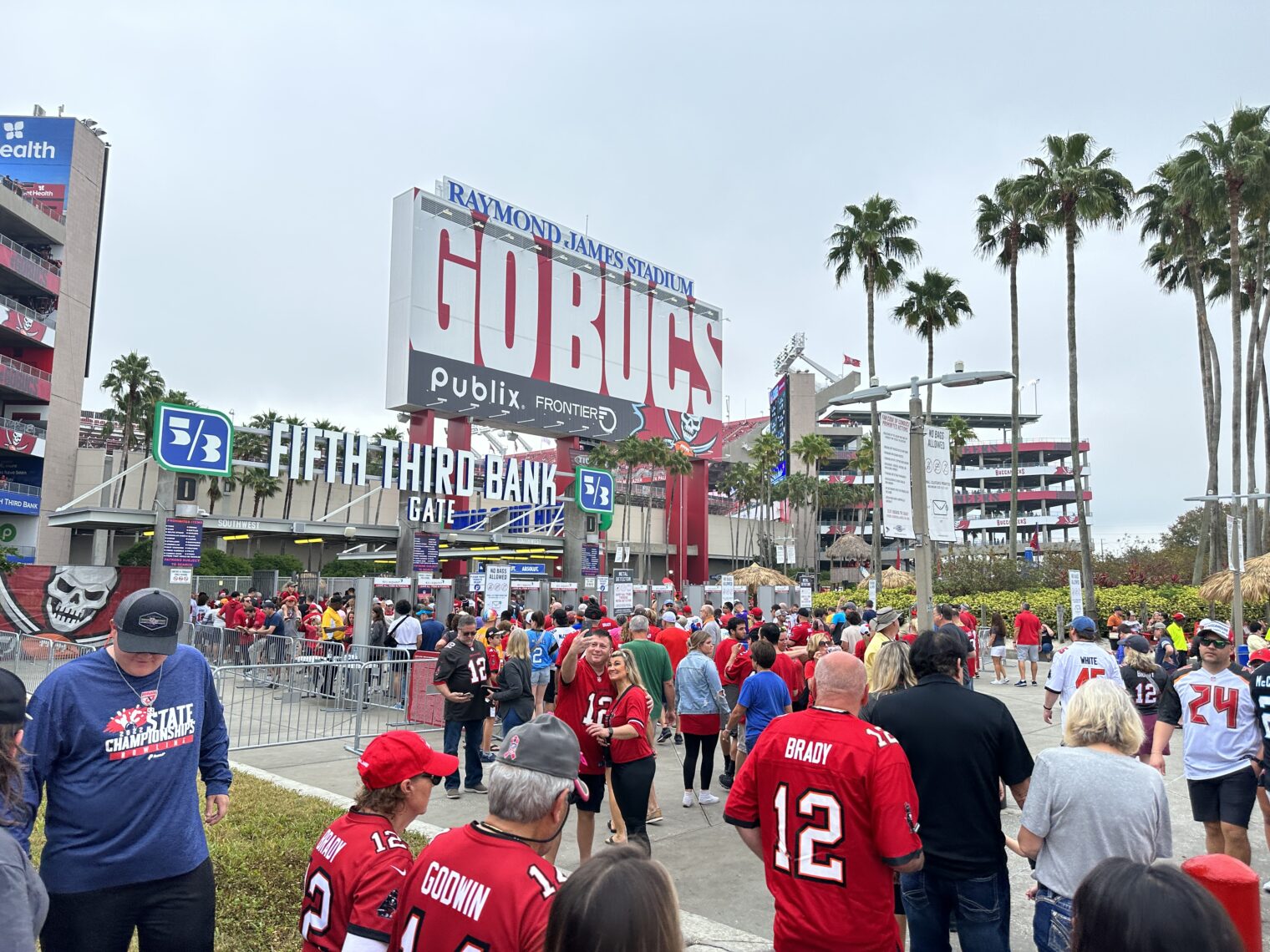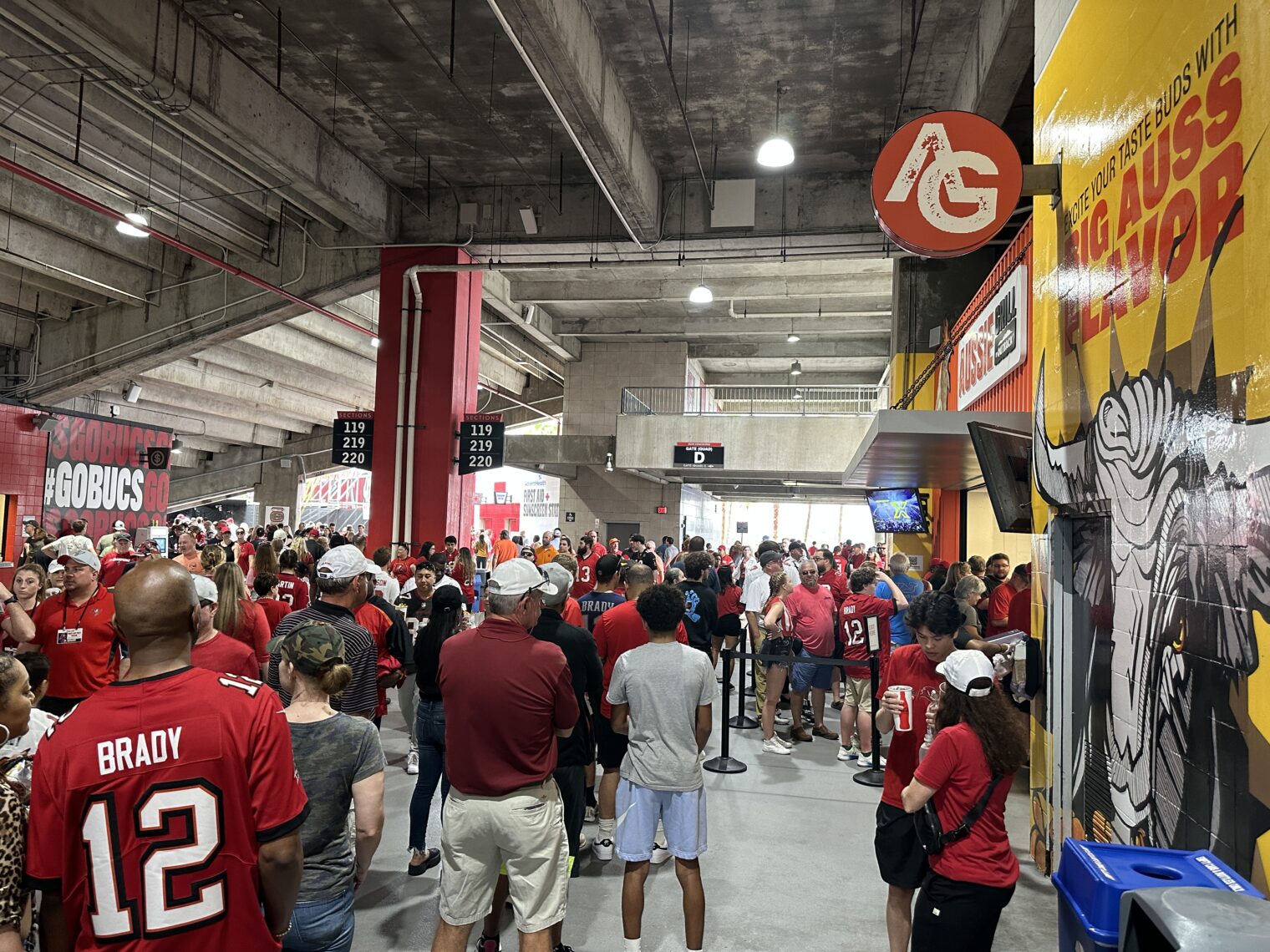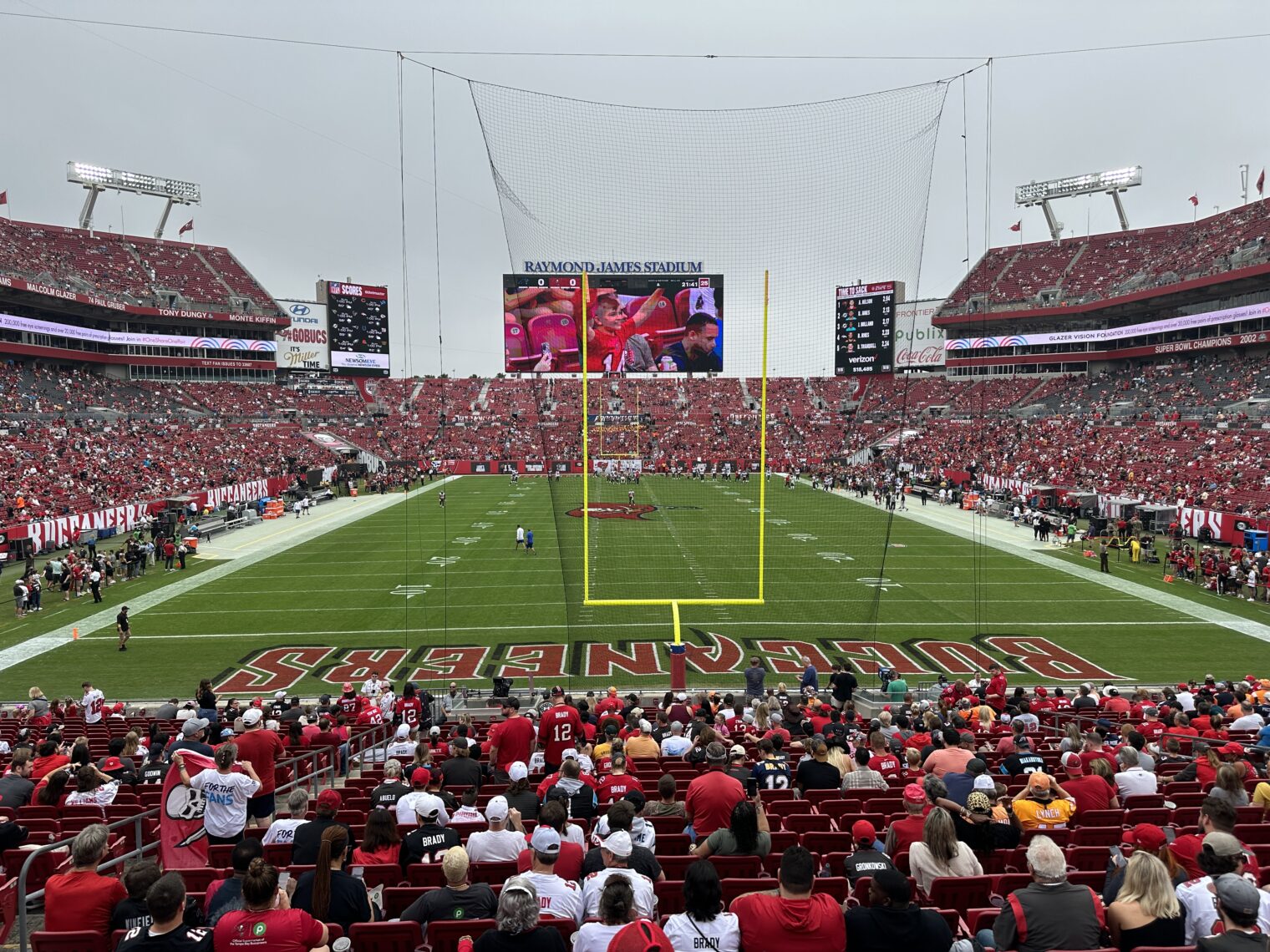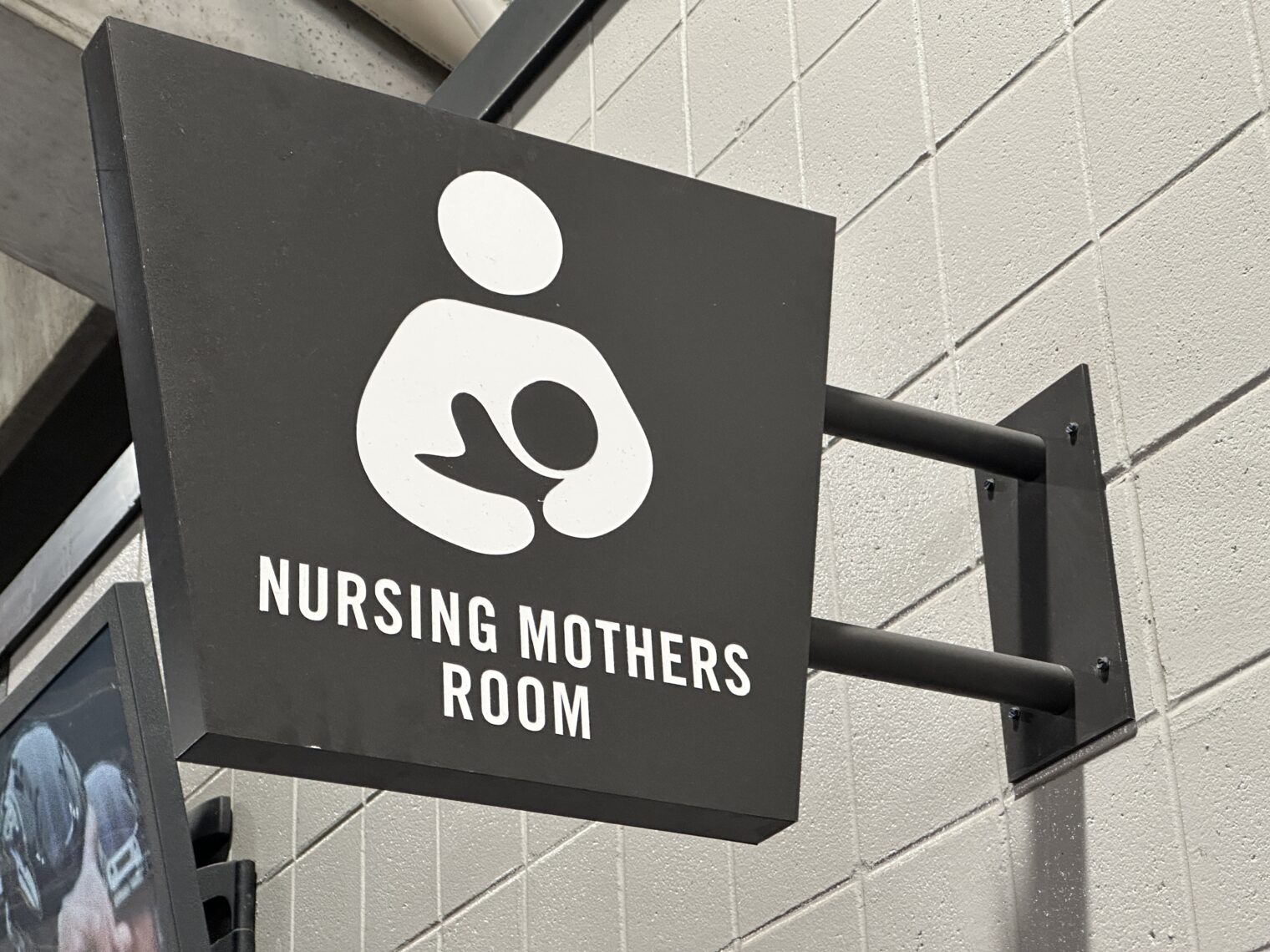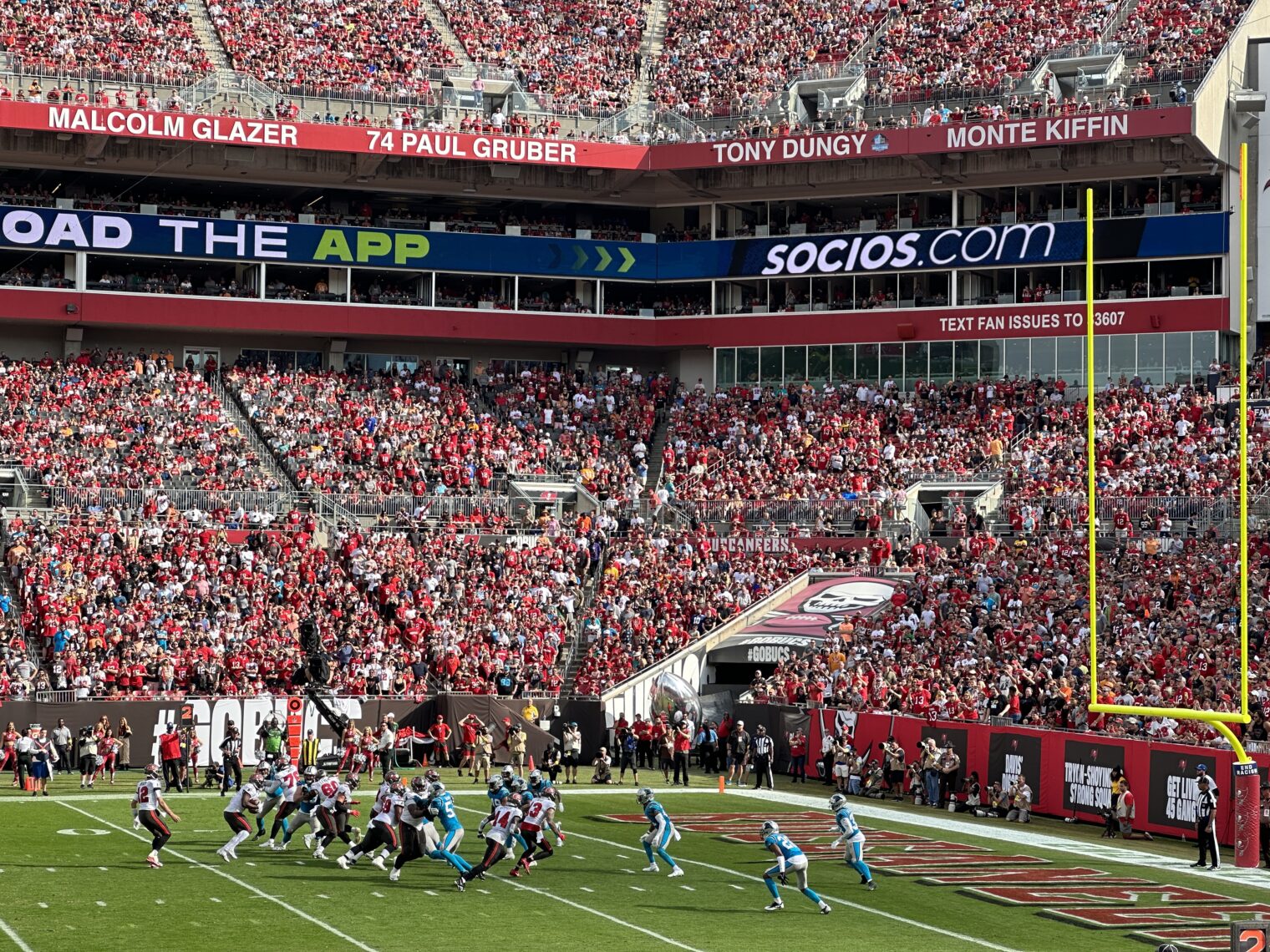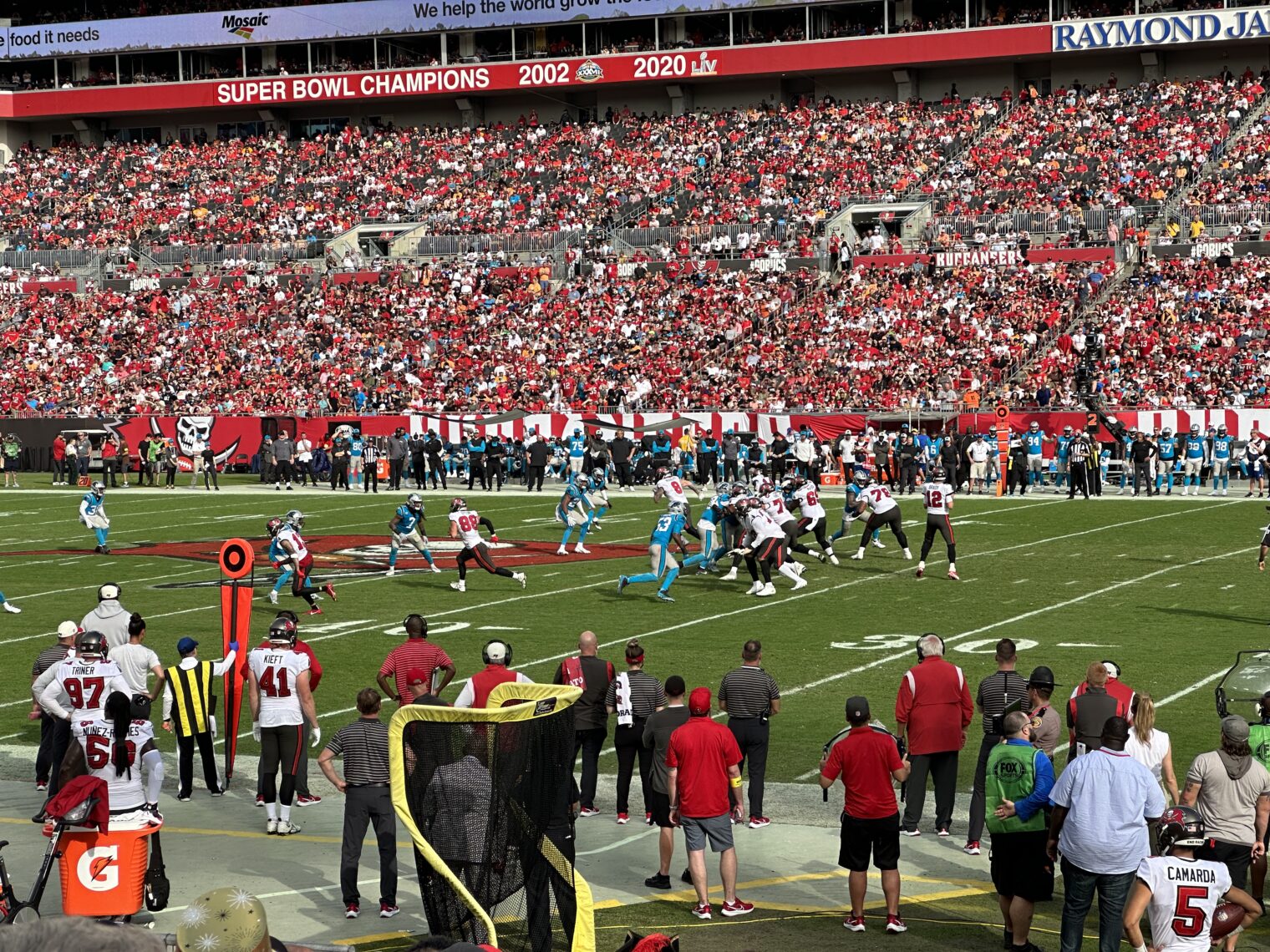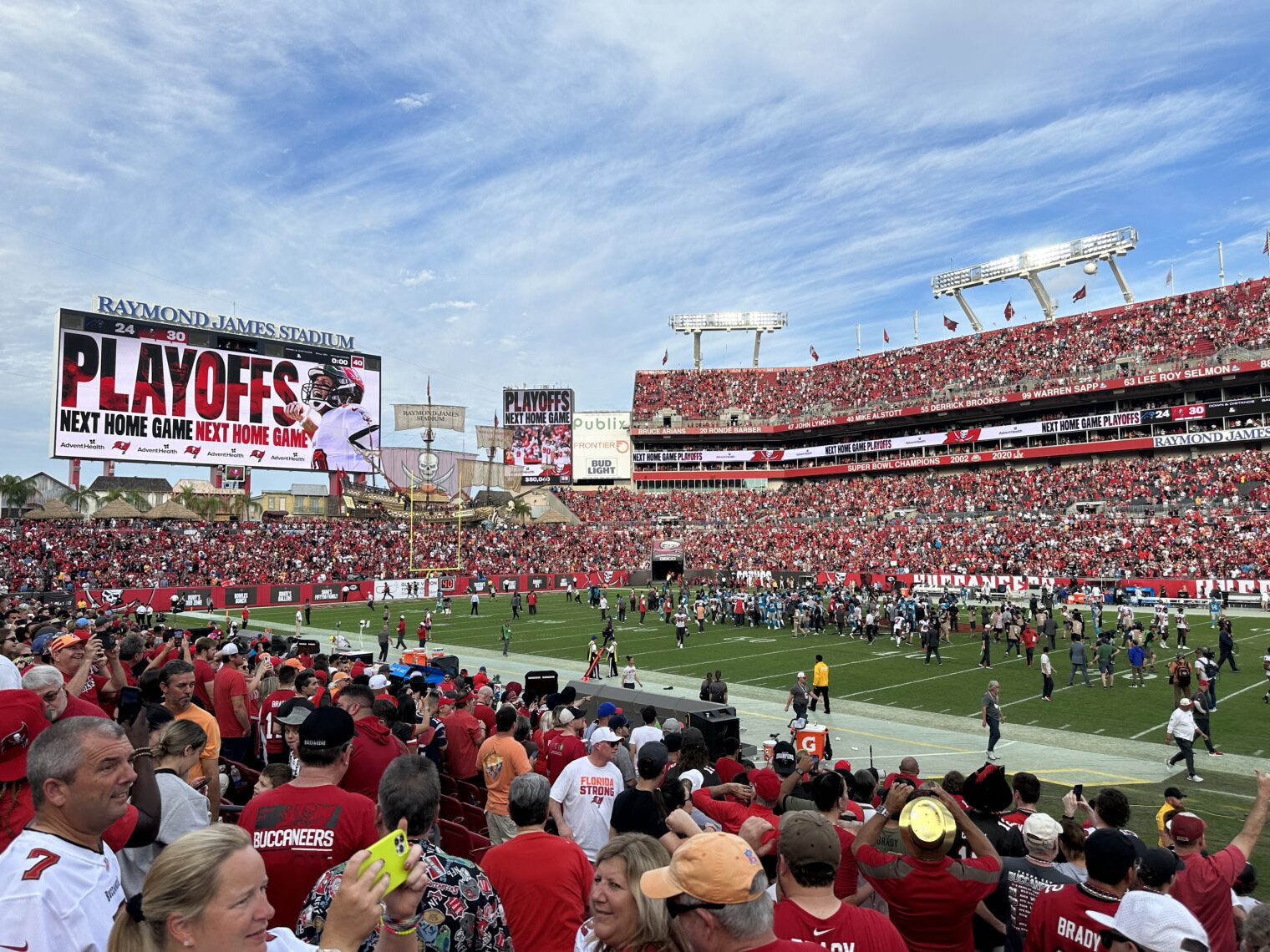How did the crippled-by-Long-Covid Swedes beat the American soccer world champions?
We are informed by the New York Times and CNN that Long COVID is (a) crippling, and (b) almost inevitable for those who reject Faucism. Sweden is renowned for letting SARS-CoV-2 rip through its younger-than-70 population while the elderly hid (excess mortality data by country). The Swedish women’s soccer team doesn’t contain anyone over age 73 and, therefore, must necessarily be riddled with Long COVID. How do we explain “Knocked out. Sweden bounces top-ranked U.S. out of the Women’s World Cup in penalties” (state-sponsored NPR) then?
It can’t be that the world champions are also Covid-plagued. From summer 2020, “Megan Rapinoe one of three internationals to withdraw from NWSL Challenge Cup” (BBC):
Forward Christen Press and midfielder Tobin Heath will not play because of “uncertainty” caused by the virus.
“Megan let us know that she has decided not to play,” said Bill Predmore, chief executive of Rapinoe’s team OL Reign.
“Like all NWSL players, she was given the option to participate … but we understand and respect her decision.”
The tournament, being played in empty stadiums, starts on Saturday in Utah and will last for one month.
Star players also cowered in their bunkers in the fall and winter of 2020… “NWSL star Megan Rapinoe says she won’t play in fall series” (CBC):
Two-time World Cup winner and OL Reign midfielder Megan Rapinoe is opting out of the National Women’s Soccer League (NWSL) fall series starting next month, the Washington-based franchise said in a statement.
No reason was given for her decision but Rapinoe, 35, also skipped the NWSL Challenge Cup tournament in June, which was played in empty stadiums due to the COVID-19 outbreak.
Rapinoe sang the praises of lockdown in the Journal of Popular Studies:
Megan Rapinoe on Quarantine Life with New Fiancé Sue Bird: ‘It’s Been Such a Gift’
“Because we’re athletes, we’re constantly on the go and we never get to spend this much time with people that you love,” Megan Rapinoe tells PEOPLE in this week’s issue
So… the soccer players who were out and about in 2020, exposed every day to dangerous levels of SARS-CoV-2, beat the soccer players who wisely cowered in place and thus were protected from Long Covid and the even-more-dangerous Medium Covid. How can this fact be squared with Faucism?
Loosely related… an open-to-all-genders single-city team of 14-year-olds beat the world champions prior to coronapanic (CBS):
Also… “Djokovic Heads Hard-Court Leaderboard” (from the gender-neutral ATP Tour, 6 days ago):
Novak Djokovic has dominated the ATP Tour’s hard courts throughout his career, and the past 52 weeks are no exception for the 36-year-old.
Across a run that includes titles at the 2022 Nitto ATP Finals and the 2023 Australian Open, the Serbian has posted a tour-leading 91.9 per cent win rate (34-3) on the surface during that span. He also won hard-court titles in Tel Aviv and Astana last year as well as at the Adelaide 1 event to start the current season.
How is it possible for someone who was infected with SARS-CoV-2 without a previous vaccination to be the world’s best hard-court tennis player?
Also related, “The social justice of coronashutdowns” (January 2021), in which a friend who lives in a $9.6 million house (pre-Biden money) disagrees with my assertion that “[school] shutdowns are ordered by people who live in mansions (governors) and supported by rich white people who live in 4,000+ square foot suburban houses” and therefore don’t consider “a single parent in a 2BR public housing apartment with three kids” and “what benefit the shutdown is delivering to a 30-year-old single mom and her 10-year-old kids”.
Full post, including comments











